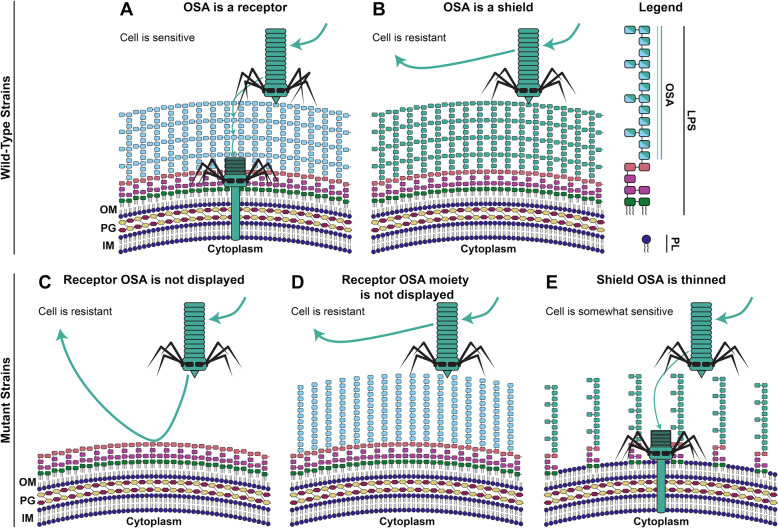Fig. 5. Proposed effect of O-specific antigens on tailocin lethality.
We summarize our high-throughput reverse genetics data to propose five different OSA display scenarios that define whether a strain is sensitive or resistant to a tailocin. A Strain displays an LPS molecule whose OSA can be bound by the tailocin (is a receptor). The strain is naturally sensitive. B Strain displays an LPS molecule whose OSA interferes with tailocin binding (is a non-receptor/shield). The strain is naturally resistant. C Mutation in OSA biosynthesis/display leads to inability of the mutant to display receptor OSA. The mutant has become resistant. D Mutation in OSA biosynthesis/display leads to inability of the mutant to display the specific receptor OSA moiety. The mutant has become resistant. E Mutation in retrograde phospholipid transport or anterograde LPS transport leads to a thinning of the mutant’s shield LPS. The mutant has become more sensitive to tailocins. OM outer membrane, PG peptidoglycan, IM inner membrane, OSA O-specific antigen, LPS, lipopolysaccharide, PL phospholipid.

